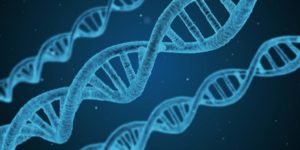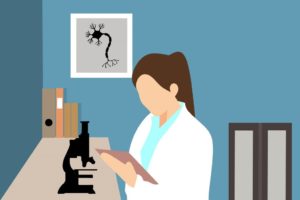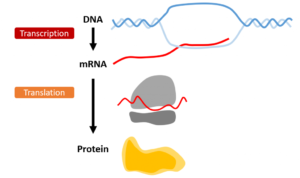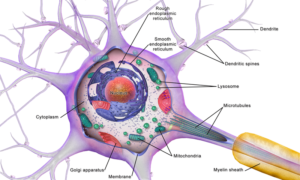
Snapshot: How does CAG tract length affect ataxia symptom onset?
The instructions our bodies need to grow and function are contained in our genes. These instructions are made up of tiny structures called nucleobases. There are four types of nucleobases in DNA: adenine (A), cytosine (C), guanine (G), thymine (T). By putting these four nucleobases in different orders and patterns, Read More…















